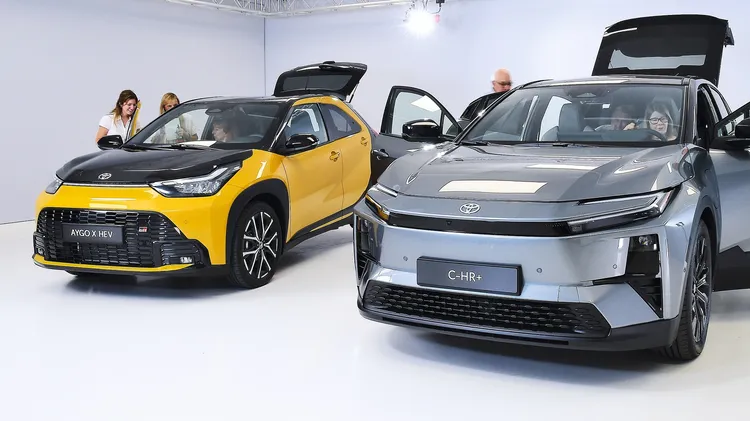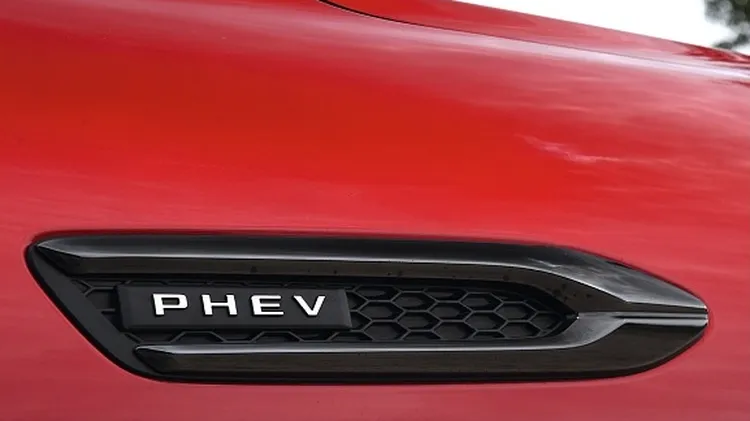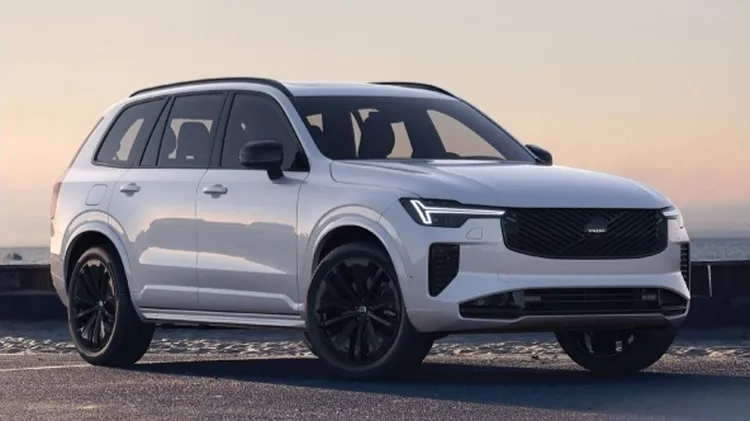Modest bills are on the cards as this small SUV gains a plug-in hybrid option
Toyota c-hr phev
2 min read
This article is from...
Read this article and 8000+ more magazines and newspapers on Readly






